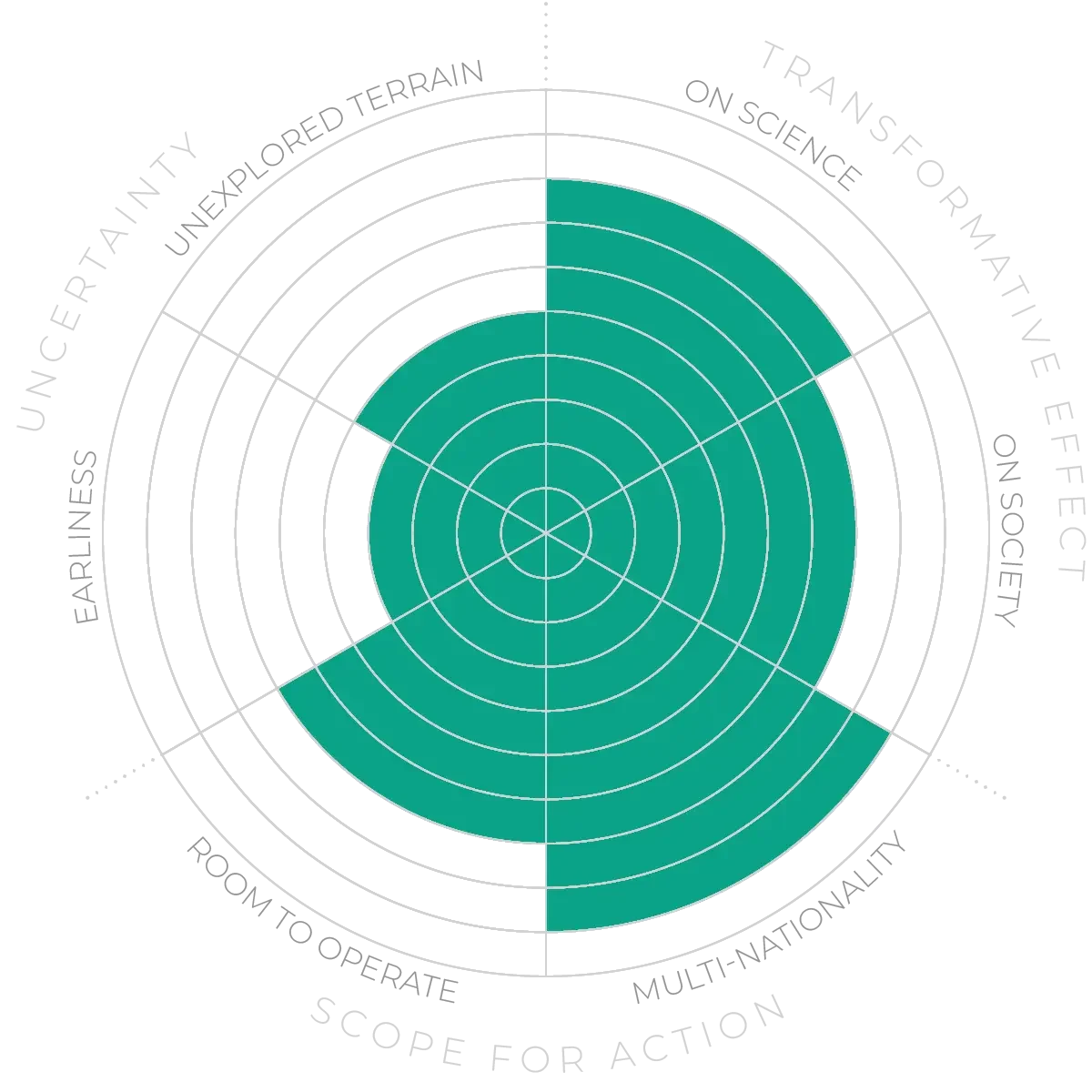Future Horizons:
10-yearhorizon
Modelling informs decision-making
25-yearhorizon
Governance of SAI deployment begins
There is evidence that SAI can offset some of the impacts of climate change, but will come with ancillary risks of its own. Crucially, it would be possible to restore the average global temperature to pre-industrial levels if sufficient quantities of aerosols were injected in a sustained fashion.9 However, modelling studies suggest that it is not possible to reset temperatures in every region. The same applies to precipitation, wind patterns and other aspects of climate. So, while SAI could lead to a more favourable outcome overall, there would inevitably be some winners and some losers.10
Sulphate aerosols are the most commonly proposed substance for SAI. However, sulphur’s potential to damage the ozone layer or lead to acid rain is a significant concern and this is driving research into alternative materials, such as calcites or chalk powder. A better understanding of the way all these materials interact with the upper atmosphere is much needed.
The overwhelming majority of studies of the effectiveness and consequences of SAI have been carried out through computer modelling. Most of the field tests that have been proposed have been called off after facing opposition.11 But a small number have taken place, carried out by independent researchers and funded by entrepreneurs, raising concern over the possibility of unilateral action.12 13
Stratospheric aerosol injection - Anticipation Scores
The Anticipation Potential of a research field is determined by the capacity for impactful action in the present, considering possible future transformative breakthroughs in a field over a 25-year outlook. A field with a high Anticipation Potential, therefore, combines the potential range of future transformative possibilities engendered by a research area with a wide field of opportunities for action in the present. We asked researchers in the field to anticipate:
- The uncertainty related to future science breakthroughs in the field
- The transformative effect anticipated breakthroughs may have on research and society
- The scope for action in the present in relation to anticipated breakthroughs.
This chart represents a summary of their responses to each of these elements, which when combined, provide the Anticipation Potential for the topic. See methodology for more information.



